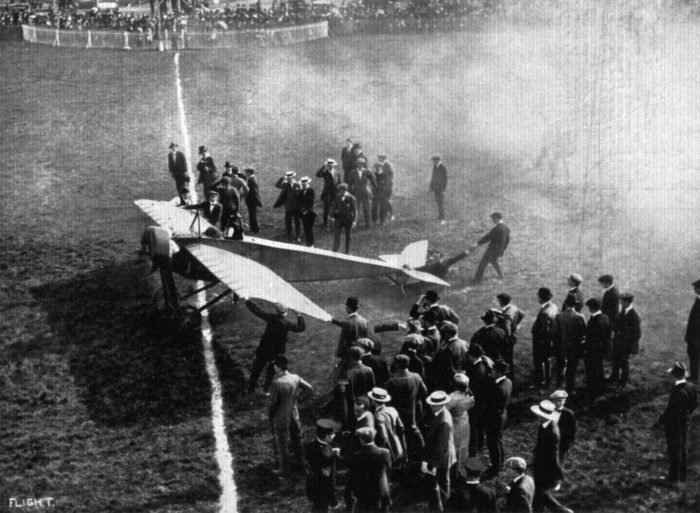Miss Earhart’s Arrival
Walter Sickert, Miss Earhart’s Arrival (1932). A fascinating image. The occasion is Amelia Earhart’s arrival at Hanworth aerodrome on 22 May 1932, after her solo flight across the Atlantic, the first by a woman and in record time. She was already well-known as an aviator, but this feat made her a celebrity. You can see […]








